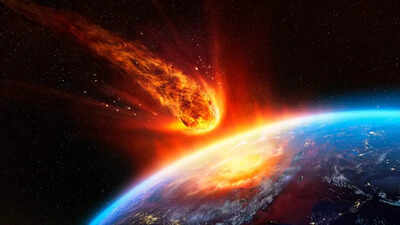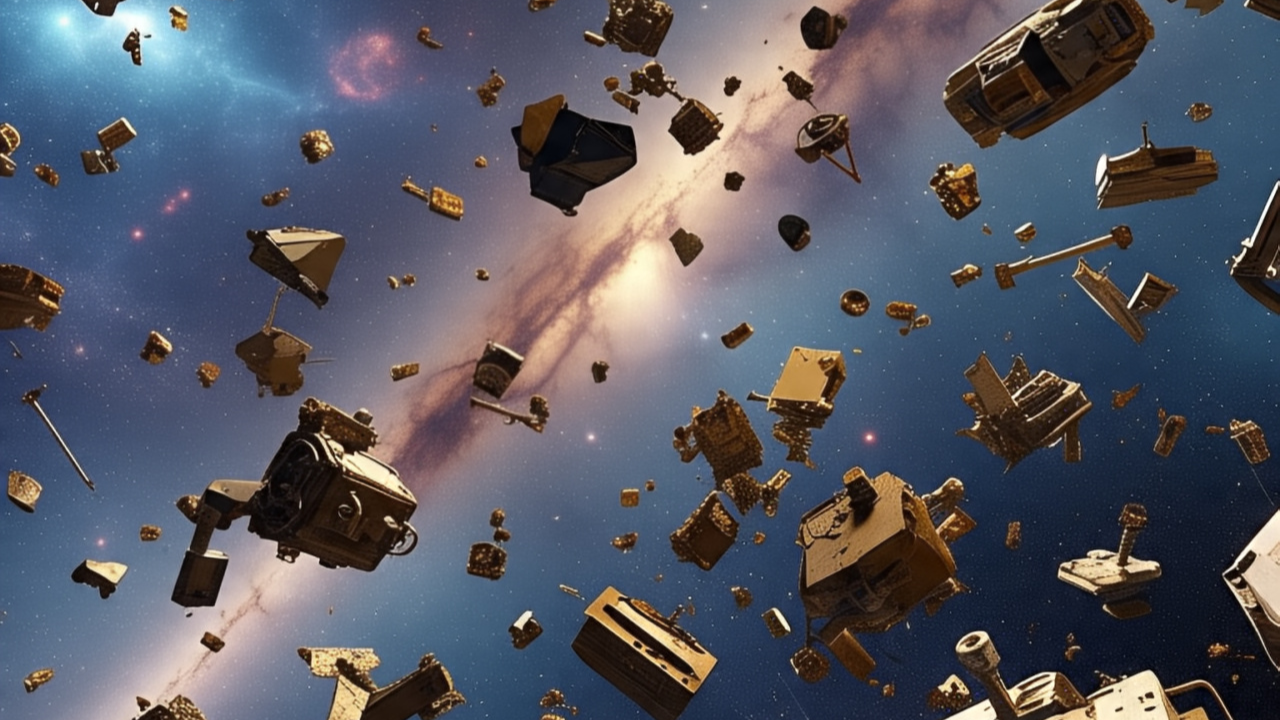
Looking up at the sky can stir wonder—and sometimes, that awe is justified. A small asteroid is making a close approach to Earth, prompting careful monitoring by scientists. While there is no immediate threat, astronomers are tracking its path for any unexpected changes. This near-Earth object serves as a reminder of how active our solar system is and the importance of constant vigilance. Though this flyby will pass safely, it underscores the need for continued observation and research to better prepare for any future cosmic encounters that may pose a risk to our planet.
Asteroid 2025 KX8 to have closest approach on June 4
NASA has officially announced the passage of asteroid 2025 KX8, which is due to have its closest approach to Earth on June 4, 2025. Estimated to be around 120 feet (about 36 meters) in diameter, the space rock is about the size of a small business jet.As it whizzes by, the asteroid will pass within 1.99 million kilometers (or roughly 1.24 million miles) of Earth. Although that sounds incredibly far, it's close astronomically speaking close enough to elicit active tracking by space agencies.
Why scientists monitor near-Earth asteroids like 2025 KX8
Asteroid 2025 KX8
is classified under the Aten group, a group of near-Earth objects (NEOs) whose orbits take them through Earth's path. It is an important category of asteroid to track because their potential for orbital change in the future will enhance chances of collisions in the long run.Though models of trajectory at present indicate no danger of impact, scientists keep a watchful eye out. NASA defines objects as ‘potentially hazardous’ only if they are at least 150 meters in diameter and come within 7.4 million kilometers of Earth. Asteroid 2025 KX8 falls short on both counts, so it's safe according to present criteria—but still noteworthy from a scientific perspective.Small asteroids such as KX8, no matter how small they may be, would have the potential to inflict localized destruction should they ever enter Earth's atmosphere at some high velocity. Additionally, even a small change in its path resulting from gravitational perturbations or solar radiation would eventually alter its trajectory. That is why ongoing monitoring is important.
ISRO prepares for future asteroid threats with global collaboration
While KX8 poses no threat, space agencies worldwide are getting ready for more ominous situations. India's space agency, ISRO, is already gearing up for 2029, when a far larger asteroid Apophis is scheduled to make a very close pass by Earth.ISRO Chairman S. Somanath has highlighted the need for planetary defense. He has publicly indicated the threat posed by near-Earth objects and called for global collaboration. ISRO is considering collaboration with NASA, ESA, and JAXA to increase its surveillance capabilities. The agency is also working on future asteroid landing missions, whose goal would be to use as test sites for technologies that, in the future, might be employed to deflect or disrupt dangerous asteroids. These missions are part of a larger plan to minimize the potential effect of spaceborne threats.Also Read | Solar storm alert! Powerful G4-class geomagnetic activity expected on Earth after massive solar eruption on June 2

 2 days ago
90
2 days ago
90




























 English (US)
English (US)